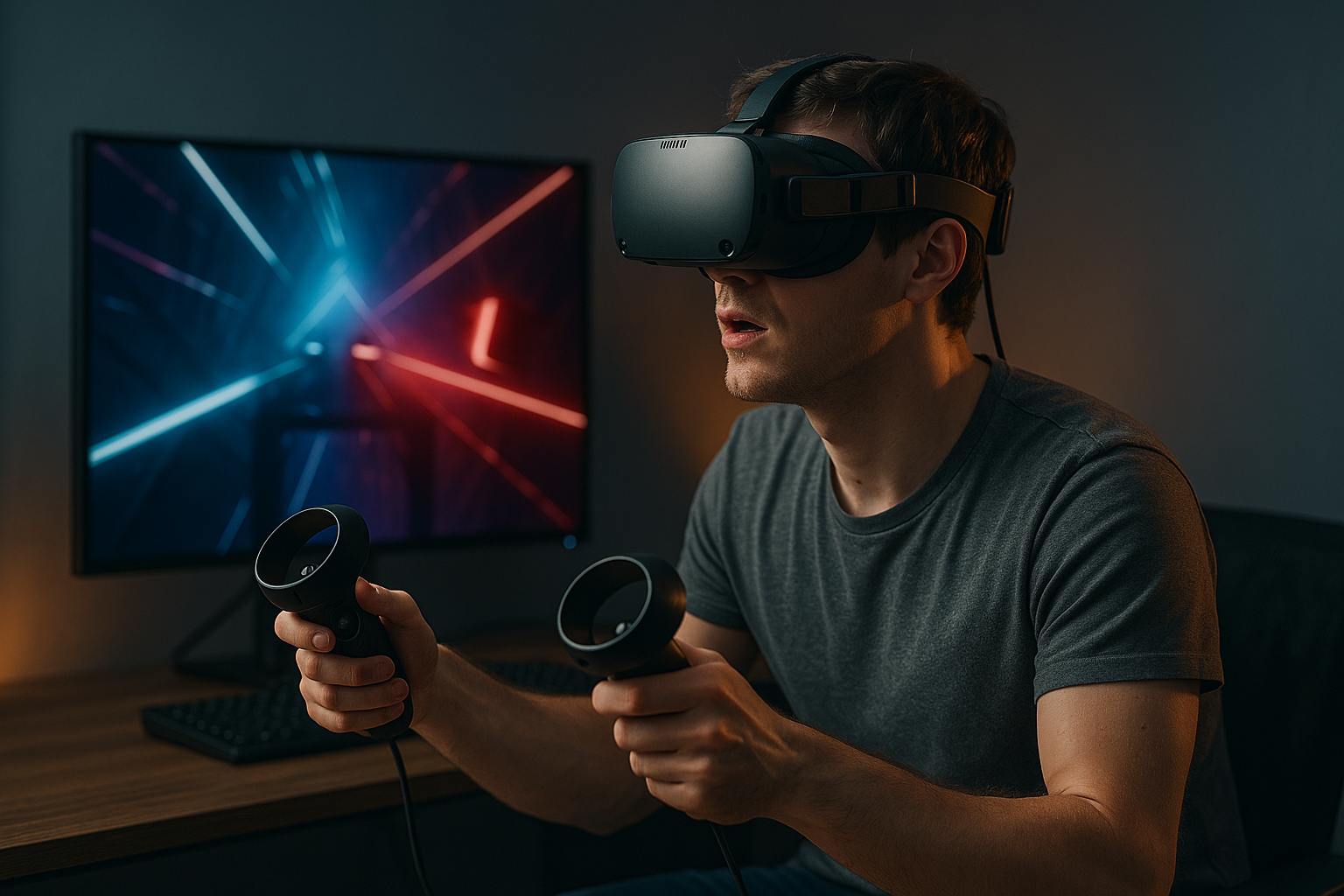Accessories That Enhance Comfort and Usability for Virtual Reality Use
Comfort and usability are essential when using virtual reality equipment for extended sessions. This article outlines accessories that reduce strain, improve tracking and responsiveness, and simplify maintenance. Readers will learn practical options for improving headset fit, controller ergonomics, haptics, battery life, and system compatibility to create more immersive experiences.

Long VR sessions can be taxing without the right accessories. Comfort, reduced latency, reliable tracking, and simple maintenance all contribute to more immersive sessions and consistent usability. This article examines practical add-ons and routines that address fit, controllers, haptics, calibration, battery care, firmware management, and safe roomscale setups so users can focus on content rather than technical interruptions.
How does comfort affect immersive sessions?
Comfort directly influences how long users can stay immersed and how well they perceive content. Padding upgrades, adjustable facial interfaces, and counterweight straps help distribute headset weight and reduce pressure on the face and neck. Breathable materials and replaceable foam interfaces also limit sweat buildup and skin irritation. Prioritizing comfort not only extends session length but can reduce motion discomfort, which interacts with latency and tracking issues to worsen user experience when left unaddressed.
What accessories improve headset fit and safety?
Headset-specific head straps, counterweights, and improved face seals enhance fit and safety by keeping the device stable during movement. Protective lens covers and foam replacements guard optics from scratches and skin oils. For safety in roomscale scenarios, consider soft floor padding and boundary markers that visually or physically delineate play space. Proper cable management and tethering accessories reduce trip hazards and preserve cable integrity, preserving both user safety and long-term hardware function.
How do controllers and haptics enhance usability?
Ergonomic controller grips, wrist straps, and silicone covers improve handling and prevent slippage during active sessions. Haptic accessories and vests provide tactile feedback that complements on-screen events, enhancing immersion without increasing visual complexity. When selecting controllers or haptic tools, check compatibility with your headset and content library so vibrations, force feedback, and input mapping work as intended. Balanced controllers and well-tuned haptics can reduce the strain of repetitive motions and improve intuitive interactions.
How important is tracking, roomscale and calibration?
Reliable tracking is foundational for accurate motion, reducing perceived latency and maintaining immersion. External tracking pucks, additional base stations, or improved inside-out tracking mounts can expand coverage for larger roomscale setups. Regular calibration routines—including guardian/boundary recalibration and sensor alignment—ensure virtual positions match physical spaces. Accessories that stabilize sensors or relocate cameras can eliminate blind spots and minimize tracking jitter that otherwise degrades controller responsiveness and contributes to motion discomfort.
How to manage battery, latency and firmware updates?
Portable battery packs and quick-swap battery systems extend sessions for wireless headsets. Manage battery health by avoiding full-discharge cycles when possible and storing batteries at moderate charge for long-term maintenance. Latency can be influenced by wireless signal strength and outdated firmware; keep headset and controller firmware up to date to benefit from tracking and performance fixes. Using high-quality USB or power accessories and following manufacturer charging recommendations helps balance runtime and long-term battery longevity.
How to handle compatibility, content and maintenance?
Accessory choice should reflect compatibility with the headset and the content you use. Adapters, mounting brackets, and third-party straps may not work across models; verify compatibility before purchase. Regular maintenance—cleaning facial interfaces, inspecting straps and cables, and updating firmware—keeps systems reliable. For installations or repairs beyond basic upkeep, seek local services or certified technicians in your area to ensure professional handling and preserve warranty coverage.
Conclusion Thoughtful accessories and routine care can significantly improve comfort and usability for virtual reality sessions. Focus on fit, secure tracking, ergonomic controllers, appropriate haptics, battery care, and verified compatibility to maintain immersion and safety. Regular calibration and firmware updates complete a maintenance cycle that supports consistent performance and better experiences with VR content.






